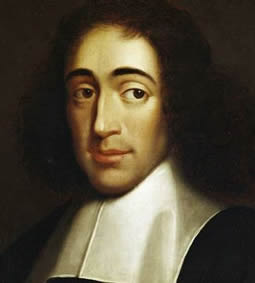 To William H. Boyer
To William H. Boyer
Rome. June 14, 1951
It is curious, but your letter, entirely different from any other that I have received about “Dominations & Powers”, is the only one that expresses (naturally in too polite terms) the feeling that I should think all the world (not with an axe to grind) would feel about it. Hasn’t public opinion rested for centuries in the West on an artificial tradition? I have sometimes nursed a project, which I am now too old and tired to carry out, of writing a course of afternoon lectures for ladies (which I should like to have written in French, under the title of Les Faux Pas de la Philosophie) explaining how Socrates–the most generally admired and loved of philosophers, whom I love and admire myself–was the first to deflect criticism and educated opinion from the natural path of experience and reason, which we call science, or common sense; and that Plato and even Aristotle immediately recast all knowledge for posterity by making it stand on its head, or be planted in the head and not in the world.
That would be the first faux pas: and when after twenty centuries the West seemed ready to stand on its feet again (The Renaissance) the Reformation came to give reform the same egotistical moralistic and subjective turn, only far more subjectively, moralistically, and egotistically than Socrates, in the Reformation. And modern philosophy has not yet outgrown the Reformation or Reduplication of the first faux pas by the second. Spinoza is in some sense, with his German admirers, the first and only straight philosopher in the West; but not altogether. He instinctively calls his great cosmology “Ethics”: and that is Socrates and the Reformation readmitted into what meant to be science.
Now of course I am not competent to write a sound cosmology; but I think I see what sort of thing it should be: the continuation of early Greek naturalism with the advantage of modern knowledge of nature and history.
From The Letters of George Santayana: Book Eight, 1948-1952. Cambridge, MA: The MIT Press, 2008.
Location of manuscript: Unknown
